One brisk March day on our lunch break, my friend Chris and I saw a lifeless feathered body in a storm grate on the street. The bird wasn’t a typical city bird — it had a very long bill and a beautiful mix of brown, gray, and black feathers. It was an American woodcock, a bird that nests in young forests, not the corner of 22nd Street and Pennsylvania Avenue in Philadelphia. Looking up at the reflective glass of the grocery store, we deduced that the woodcock flew right into the building. Why would it do that? Why do birds collide with buildings?
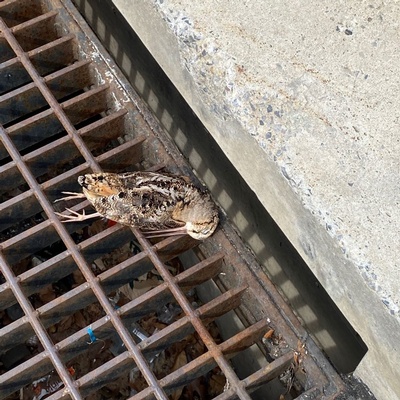
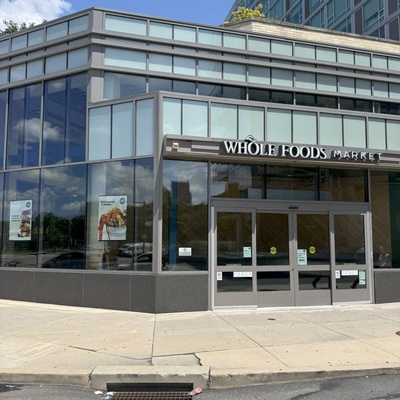
On Saturday, August 2, 2025, at 2:00 p.m. at Parkway Central Library, the Print and Picture Collection will host a talk that will ask this very question. Keith Russell, Program Manager for Urban Conservation for Audubon Mid-Atlantic, will describe why these collisions occur, why we should be concerned about them, and what can and is being done to prevent them from occurring. Based in Philadelphia, Russell has worked to improve conditions for birds throughout the region.
The study of bird collisions has a special connection to Philadelphia. Between 1894 and 1986, City Hall was the tallest building in Philadelphia. In July 1897, the William Penn statue atop City Hall’s tower was illuminated with electric lights. The following month, the Philadelphia Inquirer and the Philadelphia Evening Bulletin reported the discovery of a rare dead bird on the balcony below the lights. The articles caught the attention of William L. Baily, a founding member of the Delaware Valley Ornithological Club. With the help of Charles H. Slaughter, the superintendent of City Hall’s electrical department, Baily began monitoring City Hall’s tower, roofs, and court for dead and injured birds. During the 1897 fall migration, 30 birds collided with City Hall. In 1898, only six birds were collected during the spring, while 31 birds died in the fall. During the spring migration of 1899, the lights around the tower were turned off, and only 10 birds perished.
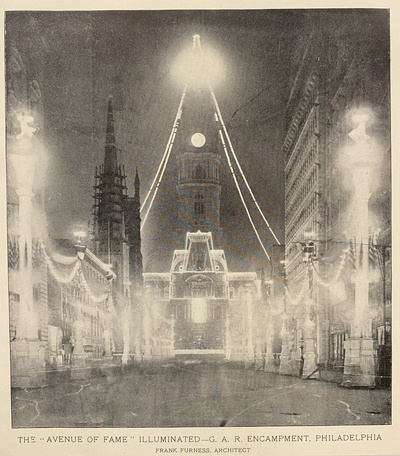
Unfortunately, the fall migration of 1899 coincided with the city's hosting of the 33rd Annual Encampment and Reunion of the Grand Army of the Republic, a gathering of soldiers who fought for the United States during the U.S. Civil War. To celebrate, four strings of lights were mounted from the rim of William Penn’s hat to City Hall’s balcony. Between August 23rd and October 31st, 1899, 452 dead birds were collected from the City Hall Tower. A Philadelphia Inquirer headline described the carnage: "City Hall Electricity a Death-Trap for Many Birds." Baily presented the observations and his theories in "Migration Data on City Hall Tower," which includes a list of the birds collected over five seasons of migration.
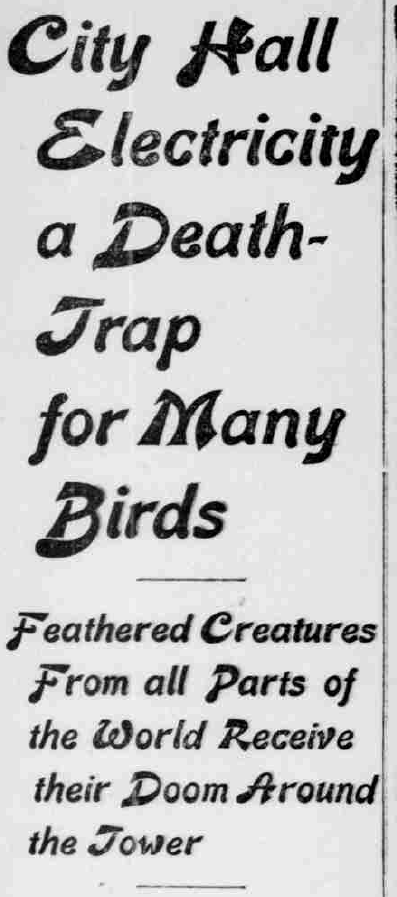
Today, bird populations are in decline throughout the world. In North America, wild bird numbers are estimated to have declined by 29% since 1970. This translates to a loss of one in every four birds. Bird collisions, especially by migrating birds like the woodcock we found, are a major reason for this decline. A recently published report estimates that bird-window collisions may kill anywhere from one to five billion birds in the United States every year.
Bird Safe Philly is a partnership of local organizations working together to help protect birds. In March 2021, Bird Safe Philly joined the national Lights Out initiative to encourage people to turn off lights between midnight and 6:00 a.m. during spring and fall migration. Turning off unnecessary lighting can help prevent collisions and reduce bird mortality. Bird Safe Philly also works to spread awareness of solutions for transparent and reflective glass. In 2023, the glass windows at Sister Cities Café on the Benjamin Franklin Parkway were retrofitted with bird-friendly glass. Bird Safe Philly volunteers monitor areas with frequent collisions during migration and collect data to show problem areas. Learn more about Bird Safe Philly at birdsafephilly.org.
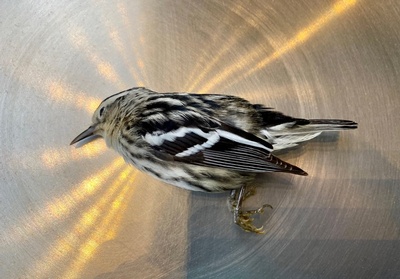
Why Do Birds Collide With Buildings? A Talk by Audubon’s Keith Russell is part of Go Birds: Appreciating Our Avian Friends, a special exhibition on view in the Second Floor West Gallery of Parkway Central Library. Go Birds is a collaboration of the Children's Literature Research Collection, the Government Publications Department, the Map Collection, and the Print and Picture Collection. Visit the exhibition whenever Parkway Central Library is open through August 30, 2025
Have a question for Free Library staff? Please submit it to our Ask a Librarian page and receive a response within two business days.

